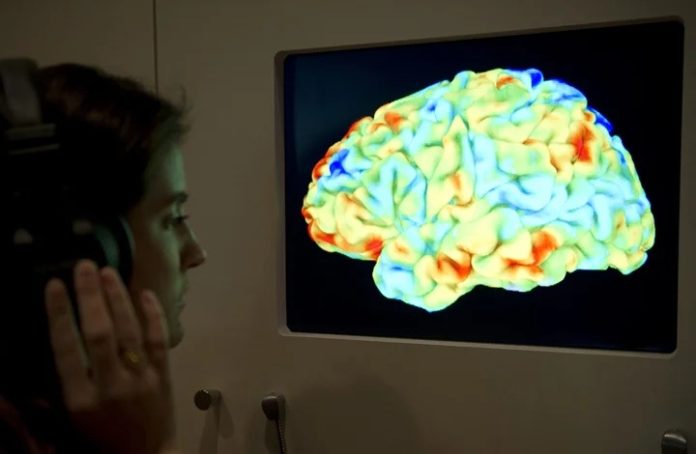The first comprehensive comparison of the brain activity of first time parents showed a great deal of similarity in the emotional, chemical, and mental functions of men and women. Ruth Feldman from the Department of Psychology and the Gonda Brain Research Center at Bar-Ilan University in Israel and colleagues propose a global “parental caregiving” neural network that is common to all parents.
The study used functional magnetic resonance imaging to access the brain activity of all participants. The study group consisted of 20 primary-caregiving hetero mothers, 21 secondary-caregiving hetero fathers, and 48 primary-caregiving homo fathers raising infants within a partnered relationship. The degree of connection between emotional brain centers and cognitive brain centers in all male participants depended on the amount of time the male participated in caregiving.
There were noted differences between males and females. Females demonstrated a higher degree of activation of emotion processing structures in the brain and higher levels of oxytocin and empathy. Secondary-caregiving hetero fathers showed higher levels of oxytocin and more activity in the superior temporal sulcus that is the brain region considered to be related to socio-cognitive behaviors. Primary-caregiving homo fathers demonstrated a combination of the brain activity that was considered characteristic of hetero females and hetero males. Primary-caregiving homo fathers had higher levels of oxytocin than their hetero counterparts and more activity in the superior temporal sulcus.
This is the first research that demonstrates that the human brain, regardless of sexual preference, programs itself to be a parent and has a caregiving network. The larger influence of chemicals on a female parent could be construed as a function of the flood of “mothering” chemicals that the birth of a child produces. The level of connection between the superior temporal sulcus and the amygdala was central to the development of parenting behavior in all participants.















